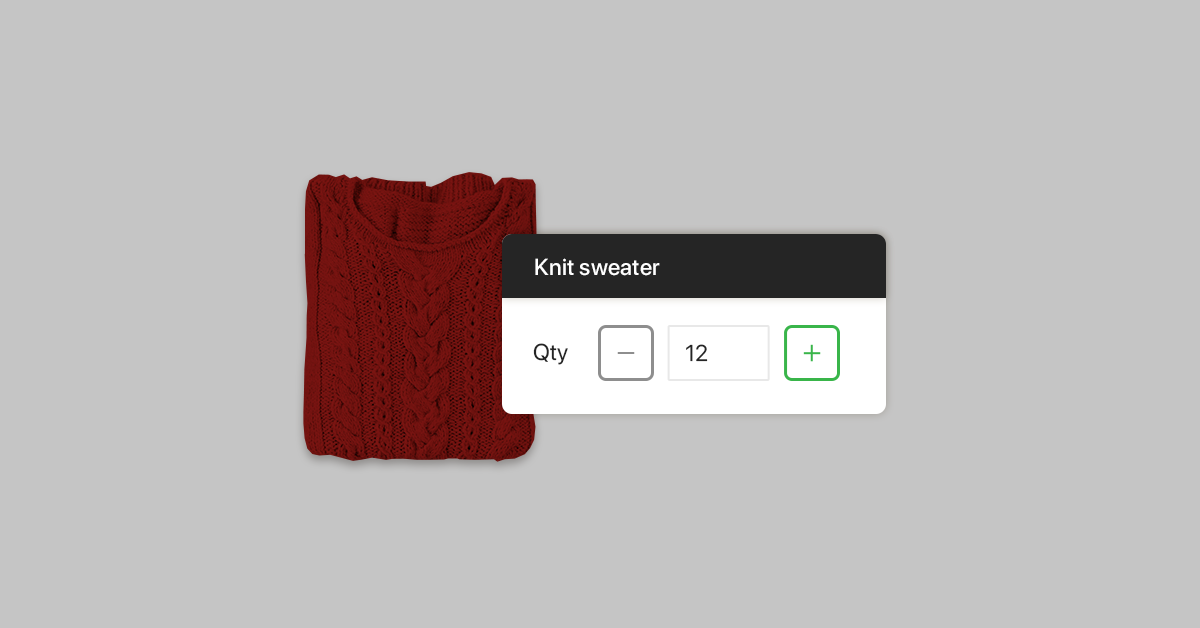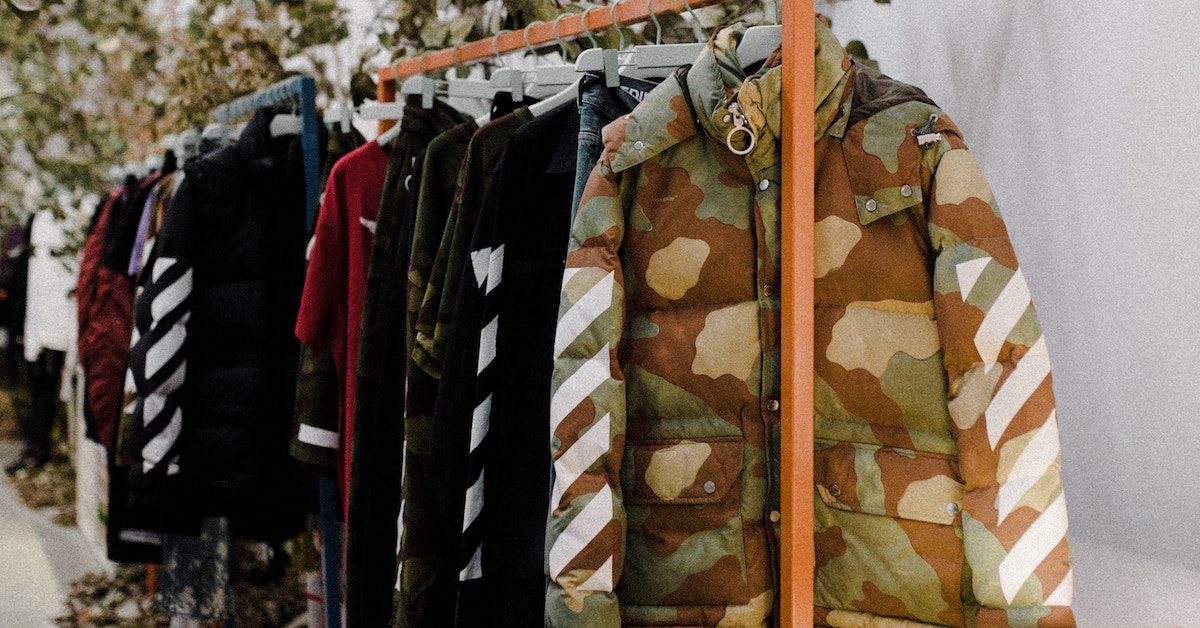
Inventory management is one of the most important, but least understood, elements of running a successful retail business.
Don’t have enough? You risk losing sales. Bought too much? You risk wasting resources on unsold inventory.
The most effective way to make sure you’re buying the right inventory this holiday season is to forecast both your sales and inventory levels. A little number crunching could save you having not enough, or too much inventory.
How to forecast your holiday sales?
One of the most effective ways to ballpark how much inventory you need to buy this year is to see how much you sold last year. You should look at an overall sales forecast (how much product you sold in general), and how much you sold per product category.
Forecasting overall sales
Based on your sales history, year-over-year growth and local retail trends, what are your sales projections for the November and December?
Consider breaking sales down by month and by week. It will help you set realistic sales goals and have visibility over your performance moving forward. Your POS system should be able to pull sales reports that show your sales history over a specific timespan.

Forecasting sales by product category
The next step is to organize your overall sales into sales per product category. Examples of product categories are sweaters, boots or winter jackets.
This exercise helps you answer two important questions:
- What types of products are bringing me the most sales?
- How much inventory should I buy in each product category?
What products have the fastest turnover?
Inventory turnover refers to the amount of time it takes for inventory to come into your store, be sold and then replaced. It’s a great indication of a product’s popularity. To calculate your inventory turnover rate, use this formula for a specific timeframe:

Why measure inventory turnover?
Inventory turnover helps you determine the most optimal inventory levels.
If it’s too low, that’s an indication that you aren’t selling through inventory quickly enough. That puts you at risk of having old, unsellable inventory. If it’s too high, that’s shows you don’t have enough inventory to fulfill customer demand (unless you’re buying limited-quantity, highly coveted products. In that case selling out fast is a great thing).
Consider enabling reorder points in your POS. These assure that you are always able to satisfy customer demand by alerting you when your stock is below a certain level.
Putting it all together
Let’s say your overallsales forecast tells you that you can expect to sell $30,000 for both November and December.That’s $60,000 in projected sales.
After some more digging, you see that you sell $15,000 worth of shoes per month. Shoes account for 50% of your monthly sales and are your best selling product category by a longshot. You need to invest $15,000 of your inventory budget into shoes to meet customer demand.
To see how fast you typically sell your shoes, you calculate its turnover ratio. You sold $180,000 worth of shoes in 2017. Your year-end inventory was $9,000, and you have an annual cost of goods sold of $84,000.
$84,000 / $9,000 = 9.4
(1 / 9.4) x 365 = 38 days
This information lets you know that when you invest $15,000 of your inventory budget in shoes, you have enough inventory to last you 38 days.

Where do you go from here?
Now you know how to invest your inventory to meet customer demand, but which shoes should you buy? Consider looking at what your best sellers are, and how trends in that product category affect what customers are asking for. Ask yourself what are the most in-demand shoes for 2018?
Finding out how much inventory you need and which products to buy is just part of your holiday readiness game plan. Luckily, we wrote a playbook.
30% of a retailer’s sales are made over the holidays
Download our free report to get your store ready for the busiest season of the year.

News you care about. Tips you can use.
Everything your business needs to grow, delivered straight to your inbox.



